Regulatory Frameworks
The regulatory landscape surrounding the Unbleached Softwood Kraft Pulp Market is evolving, with governments implementing stricter environmental regulations. These regulations often favor the use of unbleached pulp due to its lower environmental impact compared to bleached alternatives. Compliance with these regulations can drive manufacturers to adopt unbleached pulp production methods, thereby expanding the market. In 2025, the alignment of industry practices with regulatory requirements is likely to enhance the market's growth prospects. Furthermore, incentives for sustainable practices may encourage investment in unbleached pulp production facilities, fostering innovation and competitiveness within the industry.
Technological Innovations
Technological advancements play a crucial role in enhancing the efficiency and quality of production within the Unbleached Softwood Kraft Pulp Market. Innovations in pulping processes, such as improved chemical recovery systems and energy-efficient machinery, contribute to reduced operational costs and increased output. These advancements not only optimize resource utilization but also minimize environmental impact, aligning with the industry's sustainability goals. As of 2025, the integration of digital technologies, such as automation and data analytics, is expected to further streamline production processes. This could lead to higher quality unbleached pulp products, meeting the evolving demands of various end-use sectors, including paper and packaging.
Sustainability Initiatives
The increasing emphasis on sustainability within the Unbleached Softwood Kraft Pulp Market is driving demand for eco-friendly products. As consumers and businesses alike prioritize environmentally responsible practices, the shift towards unbleached pulp, which avoids harmful bleaching chemicals, becomes more pronounced. This trend is supported by various initiatives aimed at reducing carbon footprints and promoting sustainable forestry practices. In 2025, the market for unbleached softwood kraft pulp is projected to grow, reflecting a broader commitment to sustainability across industries such as packaging and textiles. Companies that adopt sustainable sourcing and production methods are likely to gain a competitive edge, as consumers increasingly favor products that align with their values.
Consumer Awareness and Preferences
Consumer awareness regarding environmental issues is shaping preferences within the Unbleached Softwood Kraft Pulp Market. As individuals become more informed about the ecological impacts of their choices, there is a noticeable shift towards products that are perceived as environmentally friendly. This heightened awareness is influencing purchasing decisions, with consumers favoring unbleached pulp products that align with their values. In 2025, the market is likely to benefit from this trend, as brands that emphasize sustainability in their offerings may attract a loyal customer base. The growing demand for transparency in sourcing and production processes further underscores the importance of unbleached softwood kraft pulp in meeting consumer expectations.
Rising Demand from End-Use Industries
The Unbleached Softwood Kraft Pulp Market is experiencing a surge in demand from various end-use sectors, including packaging, textiles, and construction. The growing preference for sustainable materials in packaging solutions is particularly noteworthy, as companies seek to reduce plastic usage and enhance recyclability. In 2025, the demand for unbleached pulp is expected to rise significantly, driven by the need for biodegradable and eco-friendly alternatives. Additionally, the textile industry is increasingly adopting unbleached pulp for producing sustainable fabrics, further propelling market growth. This trend indicates a broader shift towards sustainable practices across multiple sectors, reinforcing the relevance of unbleached softwood kraft pulp.


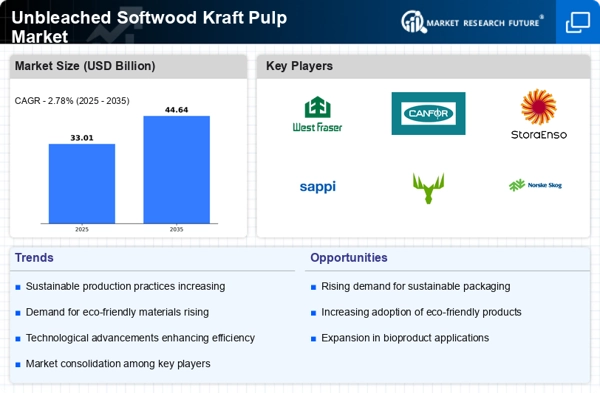
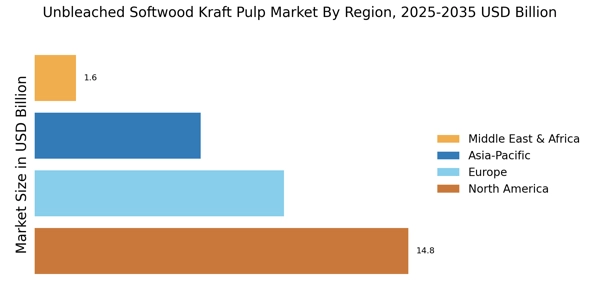
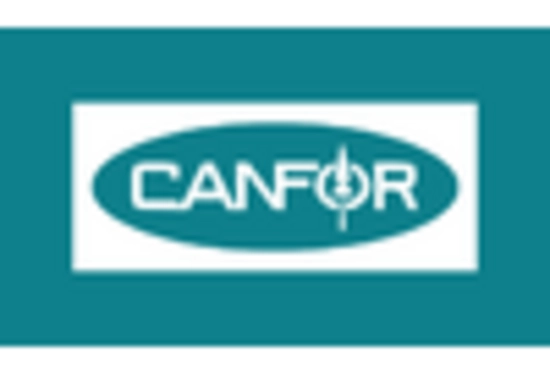
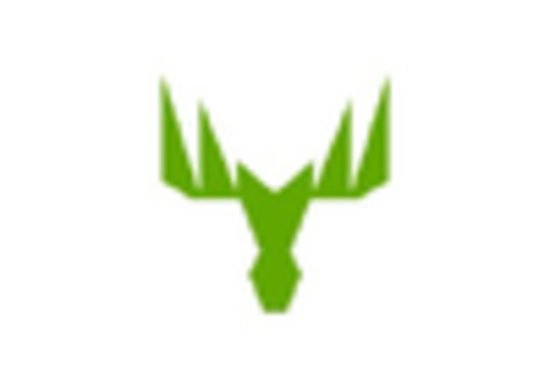

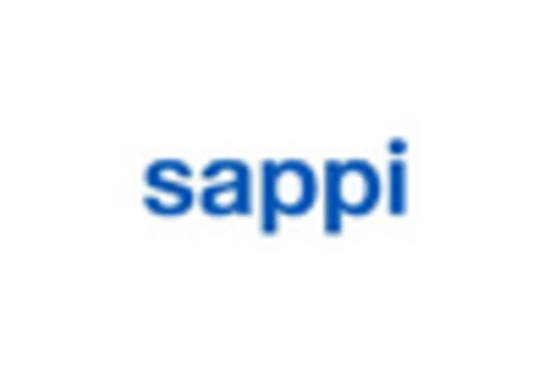
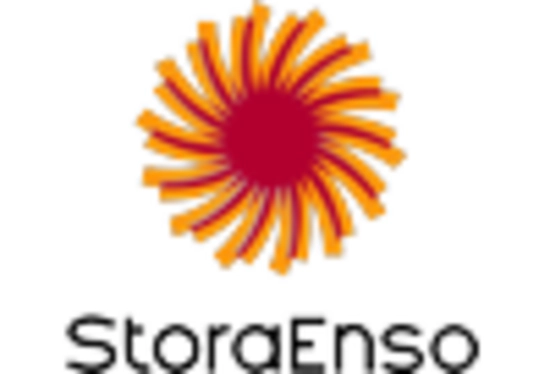
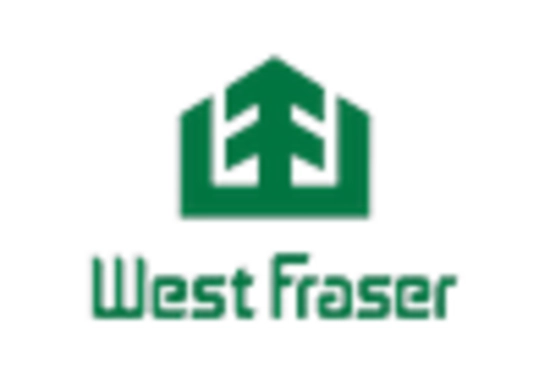








Leave a Comment